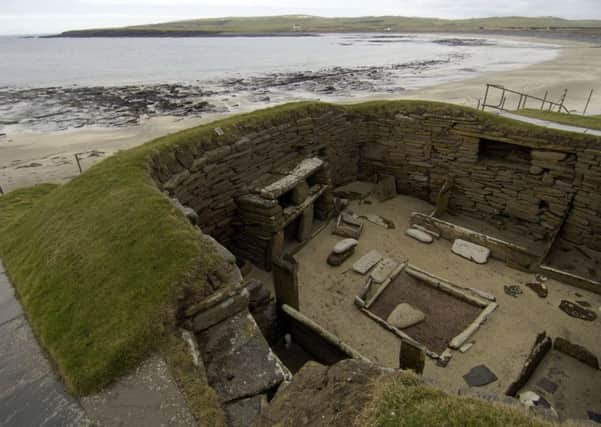Hotels plan for heritage sites unveiled


VisitScotland wants to encourage the creation of new destinations like Gleneagles in Perthshire, Fairmont in St Andrews and Cameron House at Loch Lomond because of their “significant economic opportunities”.
The tourism agency’s 2020 strategy, which is aimed at boosting the value of overnight stays in Scotland to up to £6.5 billion from the current figure of just over £5bn, warns the industry is being held back by a lack of new accommodation being created in rural locations.
Advertisement
Hide AdAdvertisement
Hide AdVisitScotland says the lack of investment is proving a “barrier to growth” of tourism linked to activities like golf, walking, mountain biking and wildlife watching. It has identified gaps in the market in so-called “honey pot” locations in St Andrews, Inverness, Oban, Ullapool, Skye, the Outer Hebrides, Shetland and Perthshire.
It cites world heritage sites, nature reserves and national parks at Loch Lomond & the Trossachs and in the Cairngorms as “possible locations” for resorts.
The new VisitScotland “Tourism Development Framework” was published days after it emerged the number of people working in the industry in Scotland had reached 217,000 – up 11 per cent in the space of 12 months.
It states there may be opportunities to create new luxury resorts when large estates or mansions come onto the market, adding: “Resorts tend to depend on the quality of the surrounding environment for locational choice.”
But it cautions that any new resorts “need to be sensitively and sustainably located to benefit the visitor economy and avoid damaging the character of the asset”.
It states: “Resort development offers significant economic opportunities to Scotland as a result of the employment which they create, especially welcome in rural areas. The off-site spend and supply chain they support and the nature of visitor they attract is also important.”
A spokesman for Historic Environment Scotland said: “Heritage is a huge part of Scotland’s tourist offering and the latest data that we have demonstrates that in 2015 more than 14.6 million tourists visited a historic environment attraction – a quarter of all visits to attractions in the country.
“So it is understandable that there is a desire to create resorts near to historic sites – whether that be a golf course, castle, world heritage site, stately home or otherwise.
Advertisement
Hide AdAdvertisement
Hide Ad“As with any development which could potentially impact on the setting or significance of an historic asset, any plans to create a new resort would require consent from the relevant planning authorities, following a clearly defined, transparent process. “Ultimately it is about finding a balance between boosting the economy at a national and local level by supporting the growth of tourism – and protecting, conserving and managing the historic environment, an essential part of that economy.”
A spokeswoman for the National Trust for Scotland said: “This is a really interesting idea. Of course, care would need to be taken to make sure that any developments were appropriate for the location, and that the special character of the place was preserved. After all that’s what attracts people in the first place.
“If all these factors were taken into account, they could encourage even more people to experience Scotland’s heritage.”